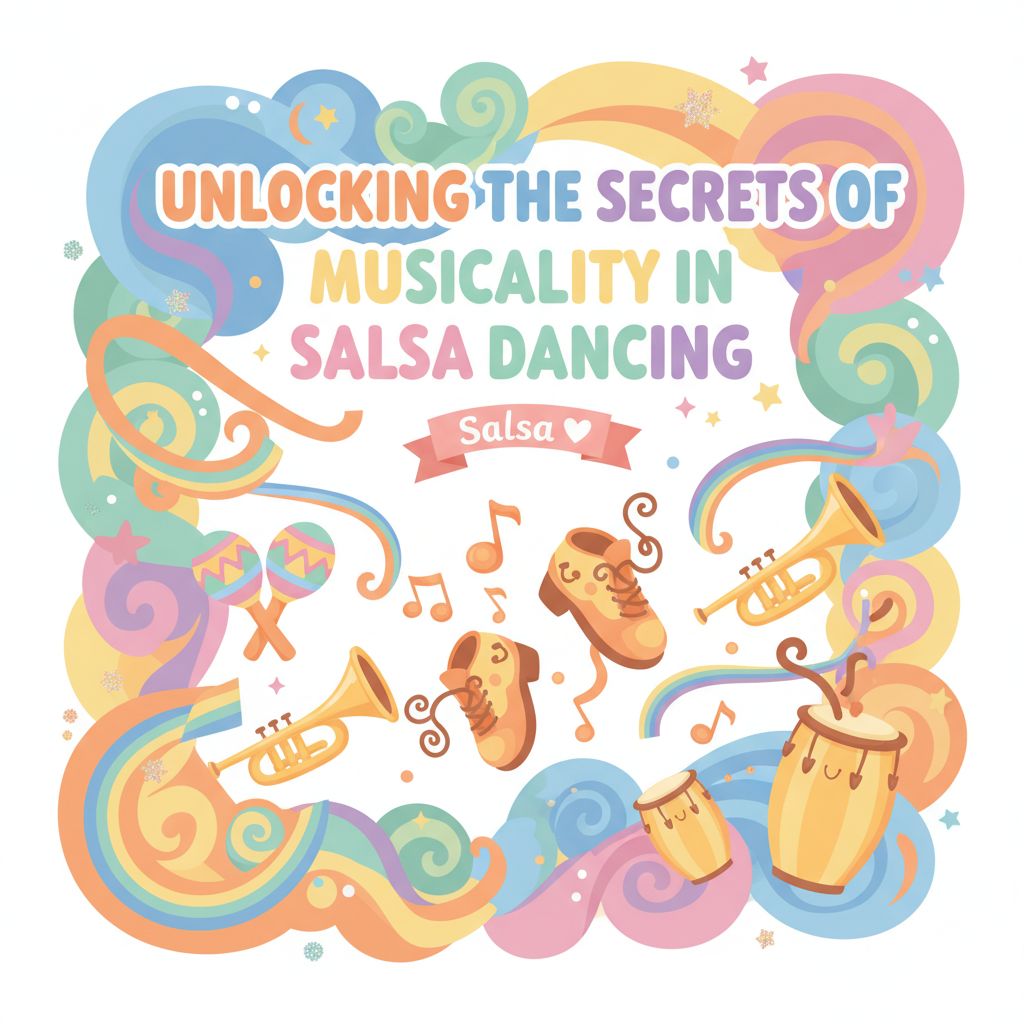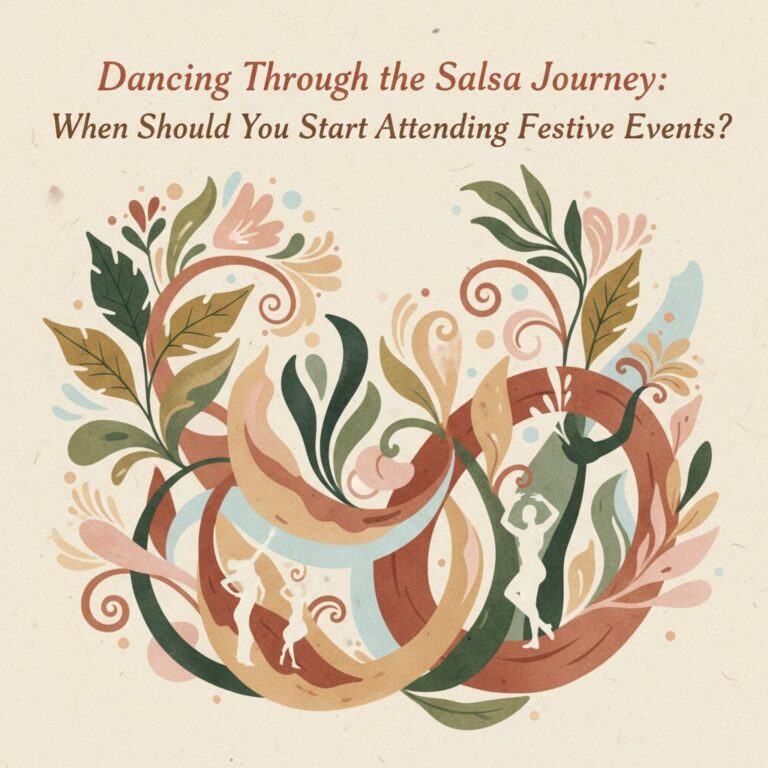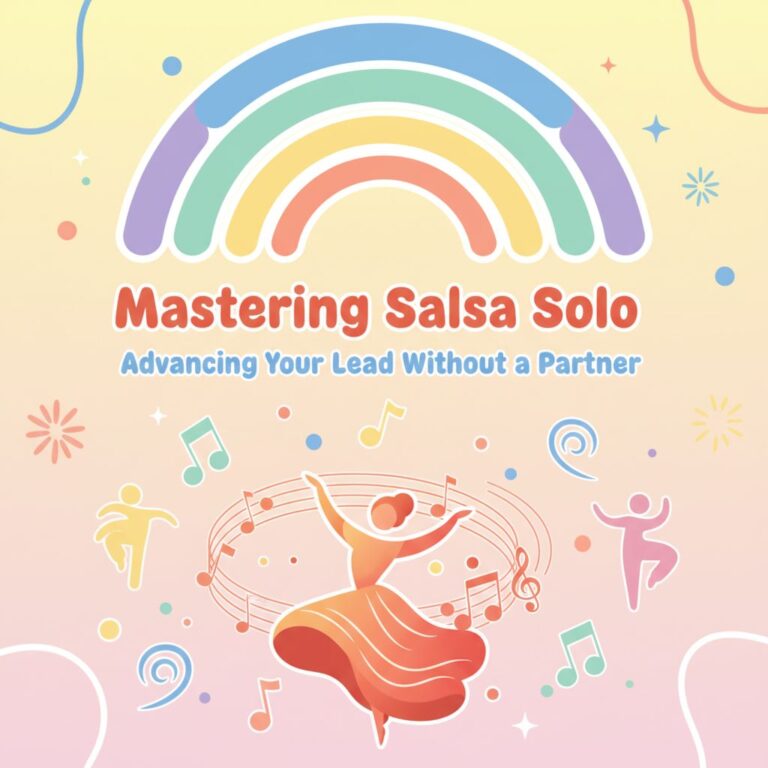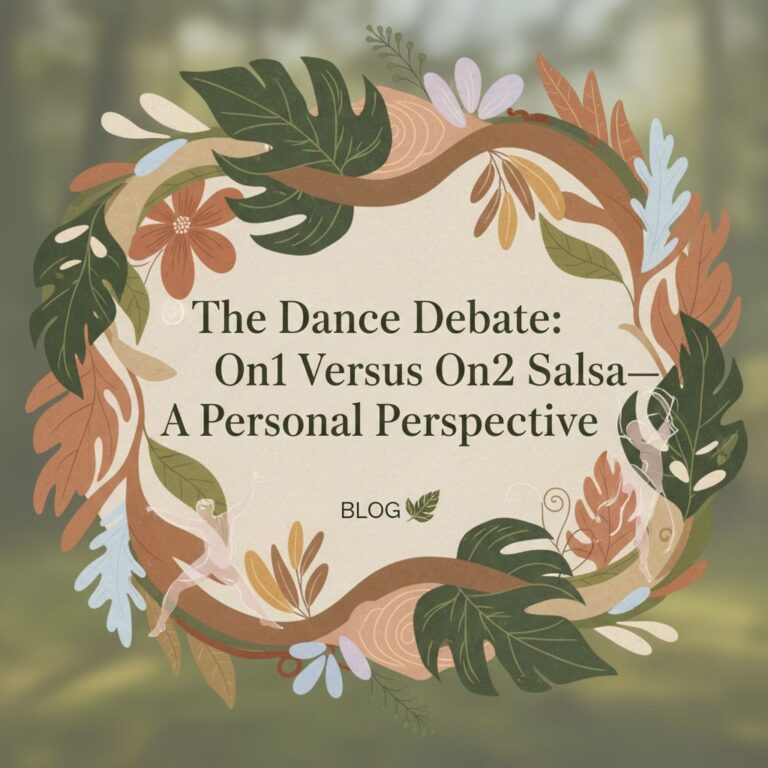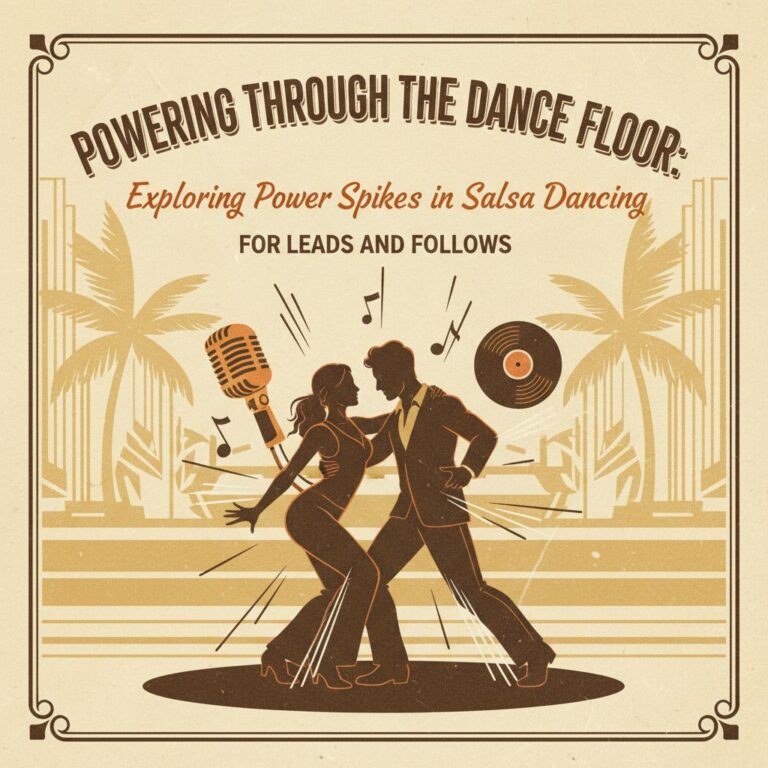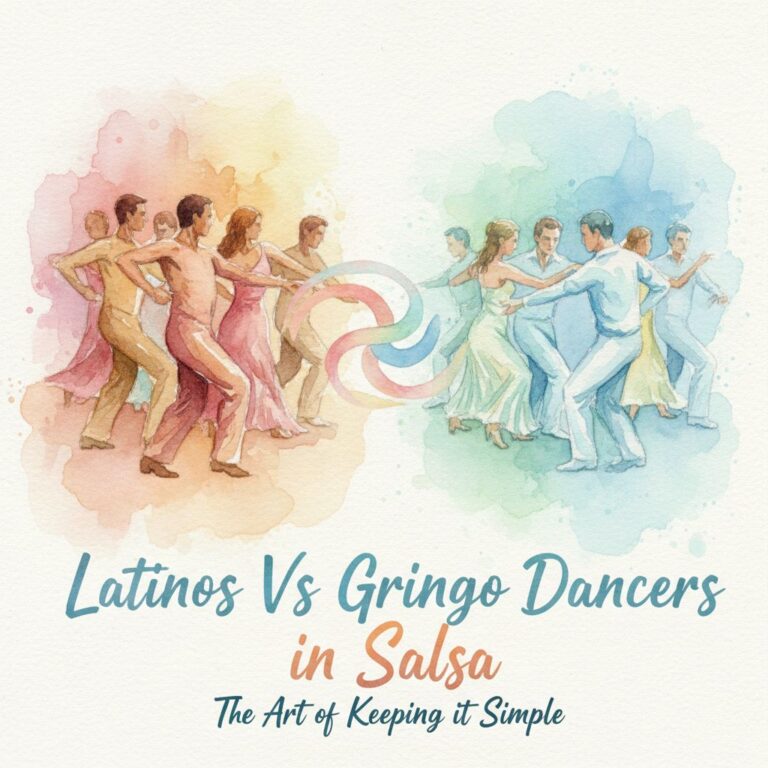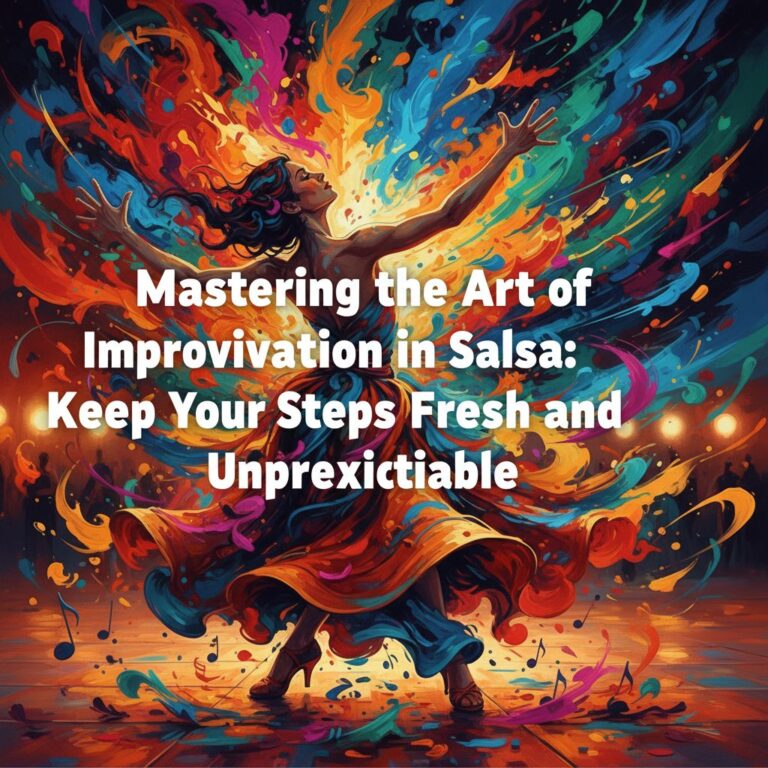Embrace the Rhythm: The Heart of Musicality
As a salsa dancer, the music is your map, guiding you through your journey on the dance floor. But before you can even begin to unleash your movements, you must first learn to listen. The rhythm, often subtly hinted at by various instruments, holds the key to understanding the pulse of the dance. Whether it’s the passionate beat of the congas, the rhythmic chime of the cowbell, or the iconic clave, these elements form the backbone of salsa. Listening to a variety of salsa music, learning to discern the different instruments, and understanding their rhythms can help you internalize these sounds and make you not just a dancer, but a physical expression of the music.
Feel the Music: Dance as an Expression of Musicality
The next step in learning musicality is to translate the rhythm you’ve internalized into expressive body movements. This is where the fun and creativity come in. Your body is an instrument, and it’s up to you to decide how it collaborates with the music. You can choose to highlight certain beats or instruments with your movements. For example, you can opt to move your shoulders along with the clave or sway your hips with the congas. The possibilities are endless, but the key is to remember that your dance should be a reflection of the music. It’s not about executing pre-set moves or patterns; it’s about allowing the music to move you.
Staying Focused: Musicality and the Art of Partnerwork
Salsa dancing often involves a partner. This presents an extra layer to the puzzle of musicality. You’re not just dancing to the music; you’re also communicating with your partner. You need to be attuned to their movements and rhythms just as much as you are to the music. One helpful tip is to see your dance as a conversation with your partner. Use your dance moves as words and phrases to communicate your interpretation of the music. This way, you’re not just moving with the music, you’re also sharing the experience with another person.
Practice, Practice, Practice: The Path to Musicality
All of this may sound complex and challenging, and it can be. However, like any other skill, musicality comes with practice. A few good ways to practice include listening to salsa music regularly, visualizing your moves in advance, dancing to different rhythms, and exploring different types of salsa music. Another crucial part of learning musicality is to not be afraid of making mistakes. Musicality is a personal and creative process. Each dancer will have their own unique interpretation of the music. So, be patient with yourself, keep practicing, and eventually, you will find your own rhythm.
Finding Your Own Rhythm: The Ultimate Goal of Musicality
Ultimately, the goal is not just to learn musicality, but to find your own rhythm. Your dance should be an authentic expression of who you are and how you perceive the music. Whether you like to highlight the passion of the singer with your spins or the power of the congas with your footwork, remember that it’s your dance, and there is no right or wrong way to interpret the music. So, keep exploring, keep dancing, and let your own rhythm shine.

